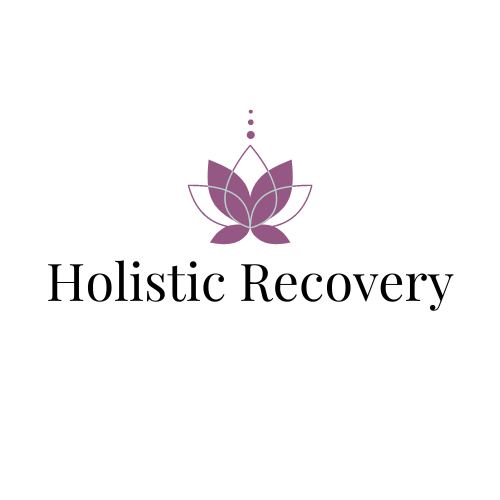
What Is Trauma?
Trauma is a word we hear more and more, but its true meaning is often misunderstood. Many associate it only with catastrophic events — war, abuse, natural disasters — and while these are undeniably traumatic, trauma can also stem from quieter, less visible experiences. A lack of emotional safety, neglect, or repeated emotional wounding can be just as traumatic, especially if it occurs during formative years.
The truth is, trauma is not about the event itself. It is about how the event overwhelms our ability to cope.
The Incomplete Stress Response
When we face danger or distress, our bodies enter a state of fight, flight, or freeze. Ideally, we process and release this stress after the event. But if the stress response is interrupted or never resolved, it becomes trapped in the body. This is what causes trauma — a stress loop that was never completed.
Animals often shake off trauma instinctively, they complete the stress loop and return to calm quite quickly. Humans however, with our complex thinking and emotional processing, tend to suppress or overanalyse our experiences. This means the stress remains active in our systems, even long after the event has passed.
Trauma Is a Spectrum
Trauma affects people differently. Some may continue to function outwardly while battling internal chaos. Others may become stuck in states of high alert (hyperarousal) or emotional shutdown (hypoarousal). Trauma changes how we feel, think, relate, and regulate our emotions.
Not Just What Happened — But What Didn't
We often think trauma must be linked to something dramatic. But many people are traumatised by what was missing in their life: affection, protection, attunement, or emotional support. This is particularly true in cases of developmental trauma — the kind that occurs in childhood, when the brain and nervous system are still developing.
Without a secure emotional environment, children may grow up internalising stress, shame, and fear. These early wounds shape how they see themselves and the world, often leading to issues with identity, self-worth, and emotional regulation.
The Link Between Trauma and Addiction
Many people who struggle with addiction are unknowingly trying to soothe the effects of unresolved trauma. Substances and compulsive behaviours offer temporary relief from the feelings of distress, disconnection, or hypervigilance caused by a dysregulated nervous system.
Addiction is not a sign of weakness or moral failing. It is an intelligent survival strategy developed by a brain trying to restore a sense of balance. Recognising this can transform the way we approach healing and recovery.
Recognising the Signs
Trauma can manifest in many ways, including:
• Anxiety and persistent fear
• Emotional numbness or detachment
• Chronic pain and tension
• Flashbacks or emotional triggers
• Sleep disturbances and nightmares
• Difficulty trusting or connecting with others
• Dissociation or a sense of unreality
• Hypervigilance or constant alertness
Trauma Is Not a Mindset
There is a common misconception that trauma is about weakness or negativity. But trauma begins in the body, not the mind. It is a physiological state, often formed before we even had the ability to think or speak. You cannot simply “think” your way out of trauma — the nervous system must be supported to regulate and release the stress it holds.
Trauma can also be inherited. Intergenerational trauma and precognitive trauma (such as stress during pregnancy or infancy) show us that these wounds can form before we are even consciously aware of ourselves.
Healing Is Possible
Trauma doesn't have to be permanent. With compassionate support, safety, and the right tools, the nervous system can begin to complete the stress response and return to balance. Healing starts by understanding that trauma is not what’s wrong with you — it’s what happened to you, and how your body adapted in order to survive.
You are not broken. You are carrying a wound. And wounds can heal.




